News Desk

Interdisciplinary research of archaeological remains found in the Cave of Los Murciélagos in Albuñol, Granada, has revealed the sophistication of Ancient Neolithic archery in the Iberian Peninsula (5300–4900 BCE)…The study was led by the Universitat Autònoma de Barcelona (UAB) and was published in Scientific Reports.

A discovery deep within a cave in Spain has challenged the history of human artistic expression. Researchers have determined that hand stencils in Maltravieso Cave are more than 66,000 years old, suggesting that Neanderthals, not modern humans, were the world’s first artists. The study is published in the Journal of Archaeological Science.
In a new study, researchers found that participants consumed the psychedelic substance in a therapeutic context reported reduced depression and improvements in their sleep quality. The findings were published in Current Psychiatry Reports.
The Earth was struck by 2 huge asteroids 35 million years ago – but it managed to shrug off the impacts, according to a new study. The study, published in Communications Earth & Environment finds that – other than 2 massive craters – there’s little evidence of long-term effects caused by the asteroids.
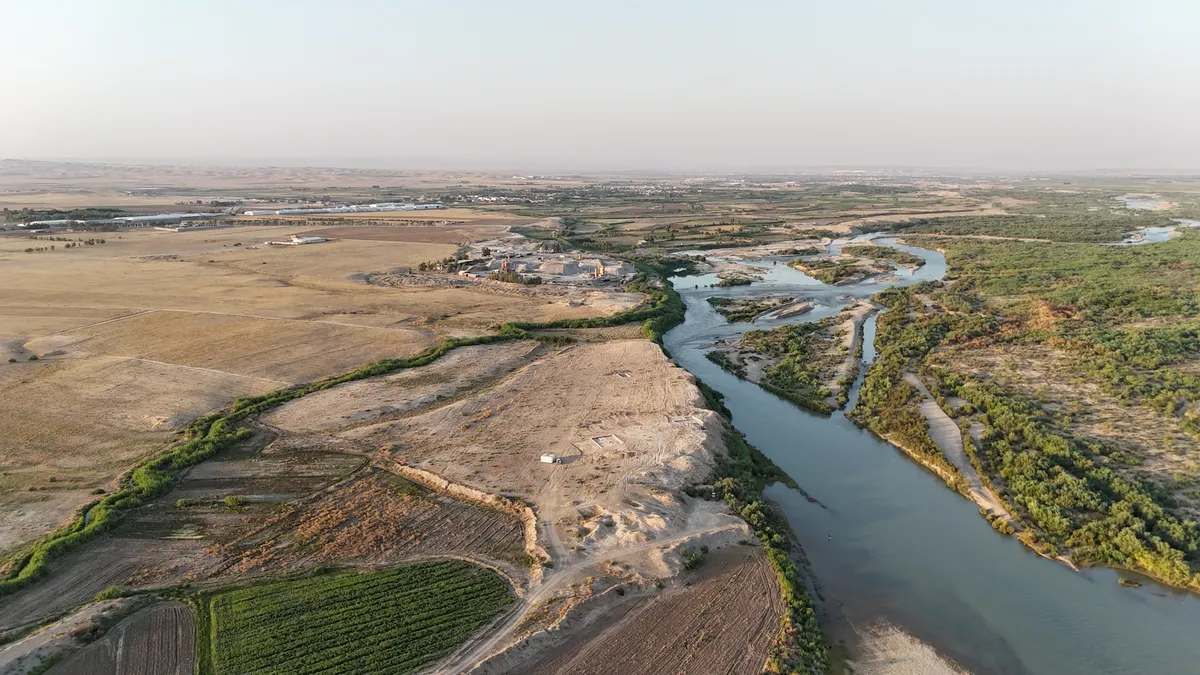
Newly analyzed 5,000-year-old clay bowls unearthed in Iraq may be evidence of early government-like rule, a new study finds.
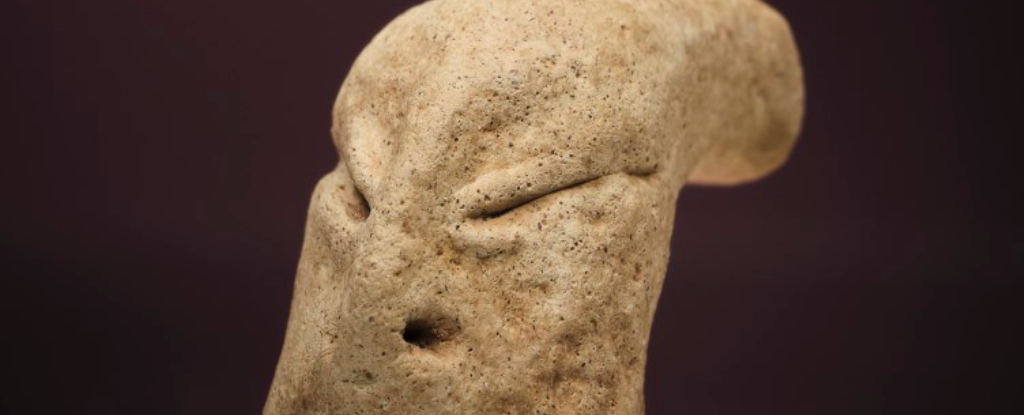
Excavations by the Kuwaiti-Polish Archaeological Mission at a site in Northern Kuwait’s Al-Subiyah desert have uncovered a bizarre-looking clay head representative of the culture of a prehistoric people who flourished in the region between 5500 and 4900 BCE.
New research published in Nature Mental Health indicates that psilocybin-assisted psychotherapy may offer comprehensive mental health benefits for individuals experiencing cancer-related distress.
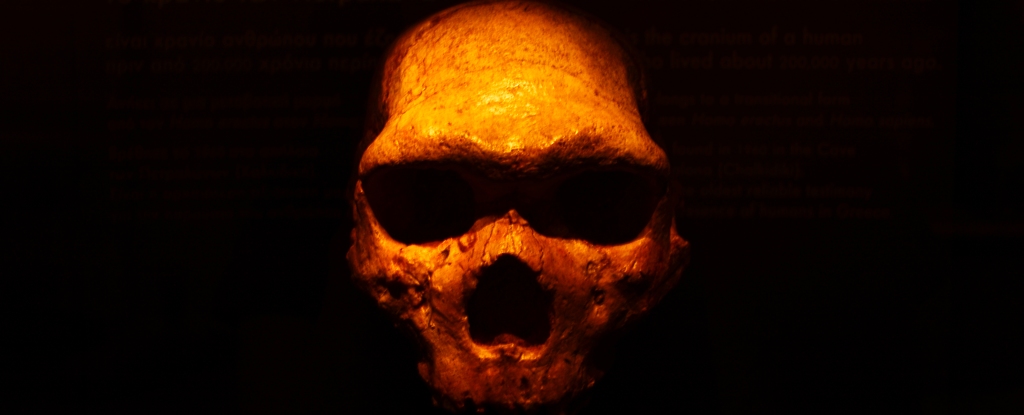
A “provocative” new piece in Nature has proposed a whole new group of ancient humans – cousins of the Denisovans and Neanderthals – that once lived alongside Homo sapiens in eastern Asia more than 100,000 years ago. The commentary was published in Nature Communications.
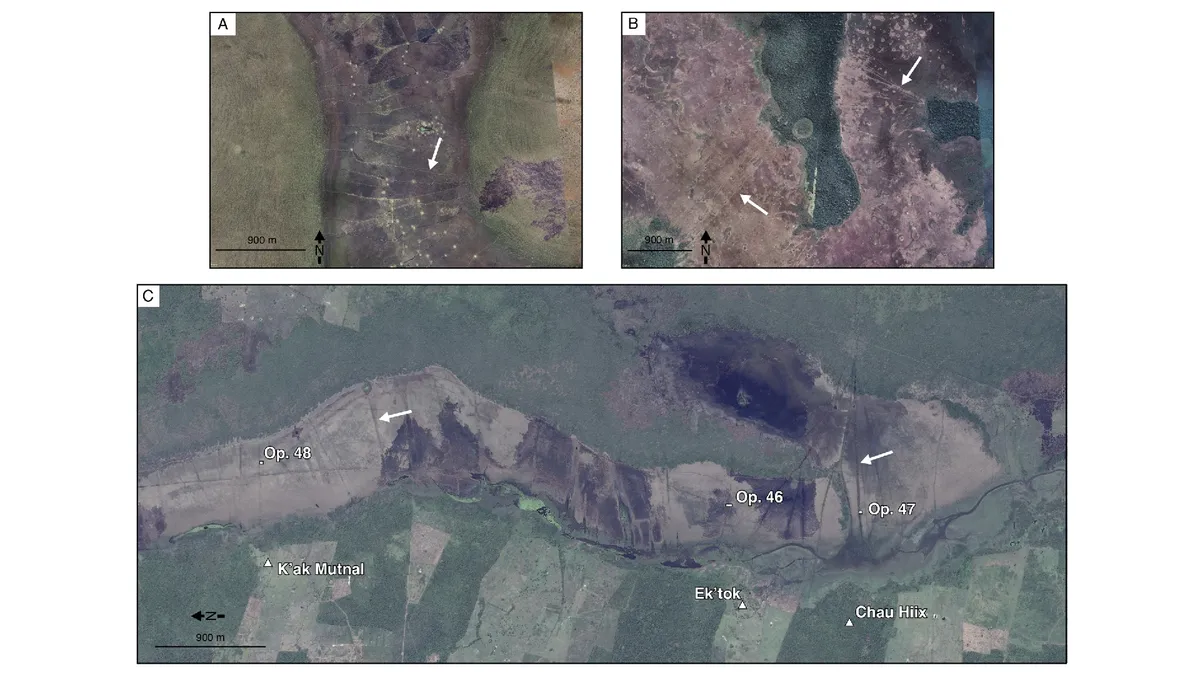
Hunter-gatherers constructed these complex networks about 4,000 years ago, during the Archaic period, a time before people in the region were practicing agriculture on a large scale, scientists wrote in the study, published Nov. 22 in the journal Science Advances.
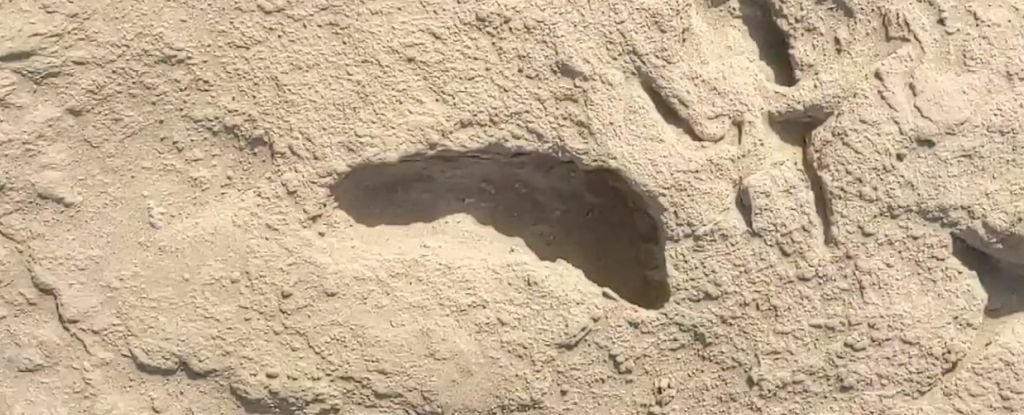
Ancient footprints reveal that a thriving landscape 1.5 million years ago in what is now Kenya was able to accommodate two different species of hominin, living side by side…The research has been published in Science.

Researchers at the University of Helsinki performed acoustic impulse response measurements in front of 37 rock painting sites and found that the same vertical rock surfaces that have the painted elks, humans and boats, are also effective sound reflectors. Their study is published in the journal Sound Studies.
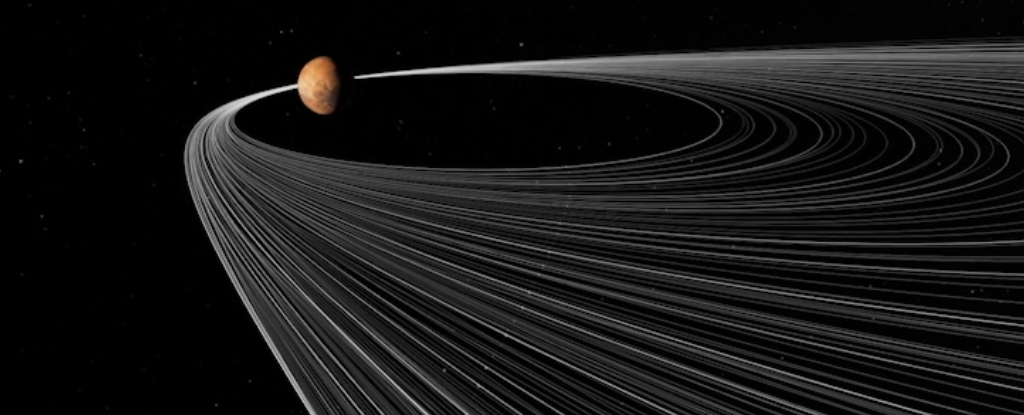
Earth and Mars are the only two rocky planets in the Solar System to have moons. Based on lunar rock samples and computer simulations, we are fairly certain that our Moon is the result of an early collision between Earth and a Mars-sized protoplanet called Theia.

DMT might be the vehicle behind dreams, spiritual awakenings, and even wild visions during near-death experiences.
Fossils found in a cave in northern Spain might be an example of humans – in this case, Neanderthals – collecting things for fun.
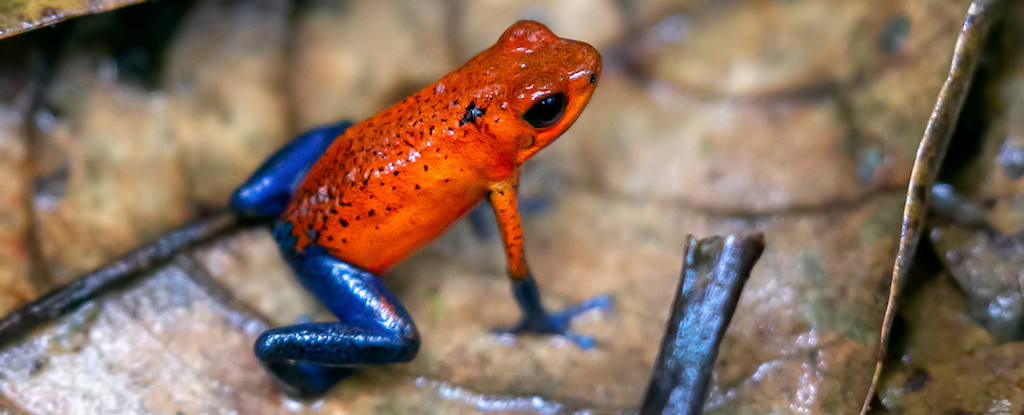
In a new study, US researchers shed light on what they call an “explosion” of animal color signals over the past 100 million years – with novel insights about the timing and possible triggers of this evolutionary innovation.
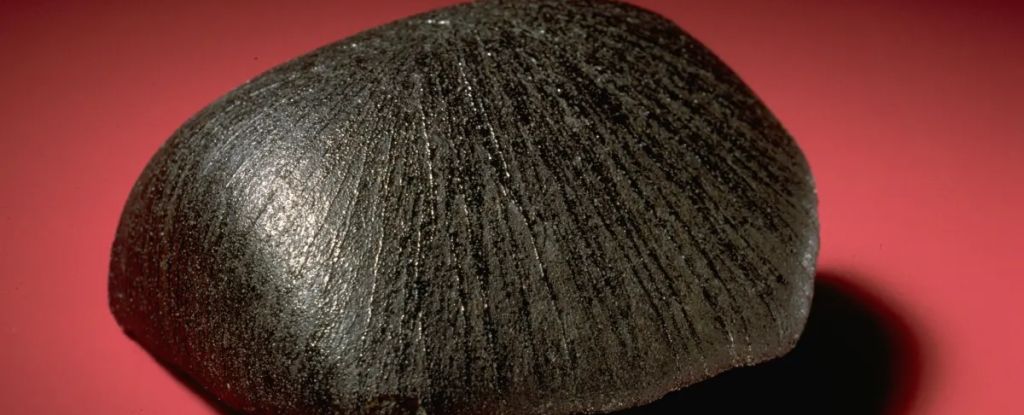
Evidence is growing that Mars was once sloshy and wet, draped with lakes and oceans, which lapped at shorelines and deposited sediments that are, even as you read these words, being scrutinized by robots rolling across the now dry and dusty surface.








